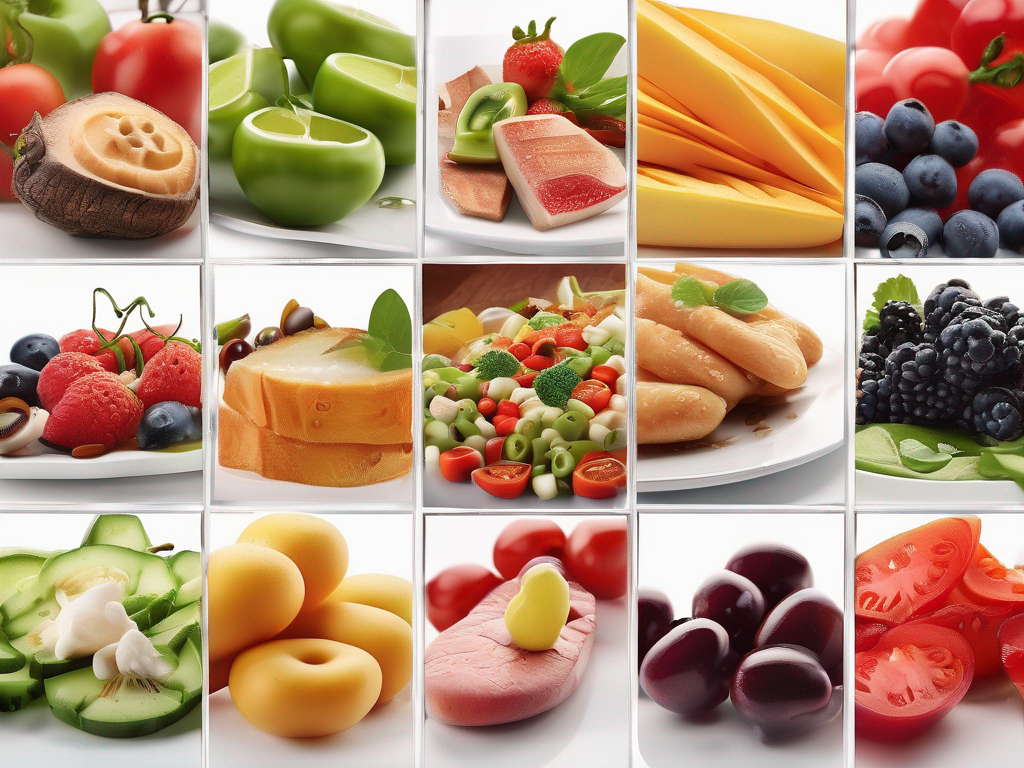
What's Open Now for Food: A Comprehensive Guide
Get Your Free Food Safety Cheat Sheet
30 most common foods with instant answers. Print it and stick it on your fridge—completely free!
What's Open Now for Food: A Comprehensive Guide
In the midst of the ongoing pandemic, finding food options that are open and safe can be a challenge. Whether you're looking for dine-in restaurants, takeout options, or grocery stores, it's essential to prioritize food safety while satisfying your cravings. This guide will provide you with a comprehensive overview of what's open now for food, along with practical tips and safety information to keep in mind.
Dine-In Restaurants
Safety Measures to Consider:
- Check for Safety Protocols: Before dining in, ensure that the restaurant follows strict safety protocols such as sanitization, social distancing, and mask-wearing.
- Outdoor Seating: Opt for restaurants that offer outdoor seating to minimize the risk of indoor transmission.
- Limited Capacity: Choose restaurants that maintain limited capacity to reduce overcrowding.
- Contactless Payment: Prefer establishments that offer contactless payment options to minimize physical contact.
Popular Chains Open for Dine-In:
Takeout and Delivery Options
Safety Tips for Takeout/Delivery:
- Contactless Delivery: Request contactless delivery to minimize interaction with delivery personnel.
- Proper Packaging: Ensure that your food is properly packaged to prevent contamination during transit.
- Reheating Instructions: Follow reheating instructions provided by the restaurant to ensure food safety.
- Dispose of Packaging: Immediately discard packaging and wash hands after handling takeout containers.
Popular Platforms for Ordering Takeout:
Grocery Stores and Markets
Safety Measures at Grocery Stores:
- Wear a Mask: Always wear a mask when visiting grocery stores to protect yourself and others.
- Sanitize Hands: Use hand sanitizer before and after touching groceries or surfaces.
- Maintain Distance: Practice social distancing while shopping to reduce the risk of transmission.
- Check Expiry Dates: Ensure that the products you purchase have not expired.
Popular Grocery Chains:
Food Safety Tips for Home
Proper Food Storage:
- Refrigeration: Store perishable items such as meat, dairy, and eggs in the refrigerator at or below 40°F.
- Freezing: Freeze items that you won't consume immediately to extend their shelf life.
- Air-Tight Containers: Use air-tight containers to store leftovers and prevent contamination.
- Labeling: Label containers with the date of storage to track freshness.
Safe Food Handling:
- Wash Hands: Wash hands thoroughly before and after handling food.
- Separate Raw and Cooked Foods: Use separate cutting boards and utensils for raw and cooked foods to prevent cross-contamination.
- Cooking Temperatures: Cook meat, poultry, and seafood to their recommended internal temperatures to kill harmful bacteria.
- Leftovers: Consume leftovers within 3-4 days or freeze them for later consumption.
Conclusion
Navigating the current food landscape requires a balance of convenience and safety. By following the tips outlined in this guide, you can make informed decisions about where and how to access food while prioritizing your health and well-being. Remember to stay vigilant, practice good hygiene, and support businesses that prioritize food safety during these challenging times. Stay safe and enjoy your meals responsibly!
Authoritative Food Safety References
These agencies and university labs inform every tip and health precaution we publish.
USDA FoodKeeper – Cold Storage Guidelines
Official refrigerator, freezer, and pantry timelines maintained by the U.S. Department of Agriculture.
Visit USDA FoodKeeperFDA Produce Safety Rule & Grower Guidance
Field-to-fridge handling practices that prevent contamination of fruits, vegetables, and leafy greens.
Visit FDA Produce SafetyCDC Foodborne Illness Prevention Hub
Surveillance-backed guidance on pathogens, symptoms, and steps to reduce foodborne illness risk.
Visit CDC Food SafetyUC Davis Postharvest Technology Center
University research detailing optimal storage atmospheres for produce after harvest.
Visit UC Davis PostharvestPenn State Extension – Home Food Preservation & Safety
Peer-reviewed extension bulletins on safe canning, chilling, and reheating practices.
Visit Penn State ExtensionGet Your Free Food Safety Cheat Sheet
30 most common foods with instant answers. Print it and stick it on your fridge—completely free! Want more? Upgrade to the complete guide with 70+ foods.
Scan your food directly and get instant safety info using our AI-powered camera feature.